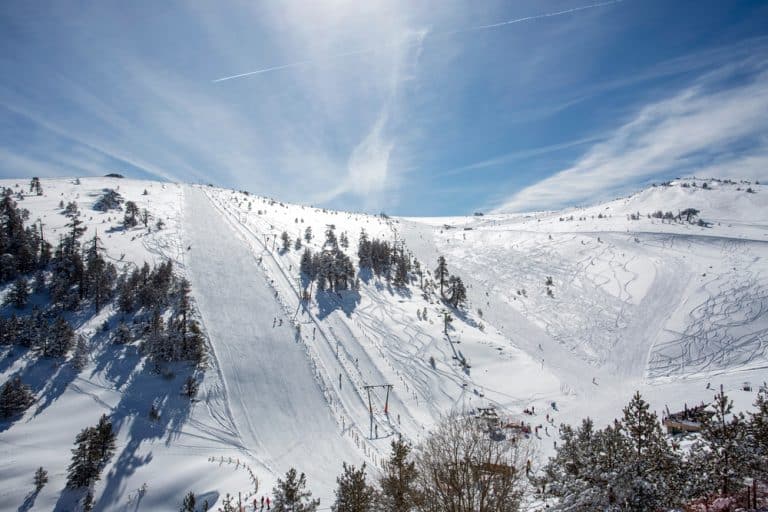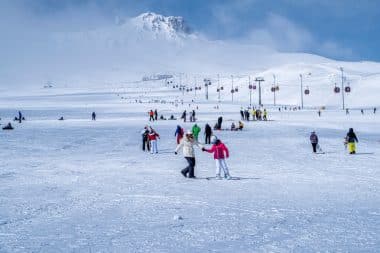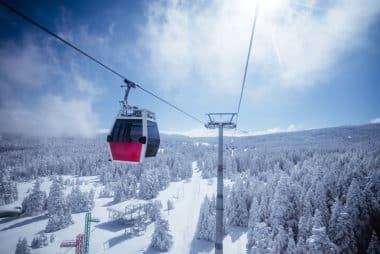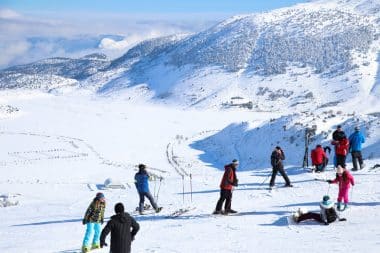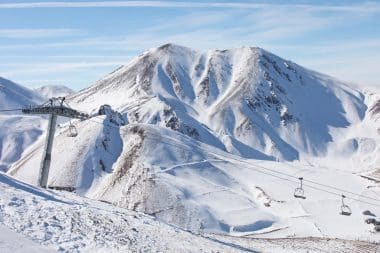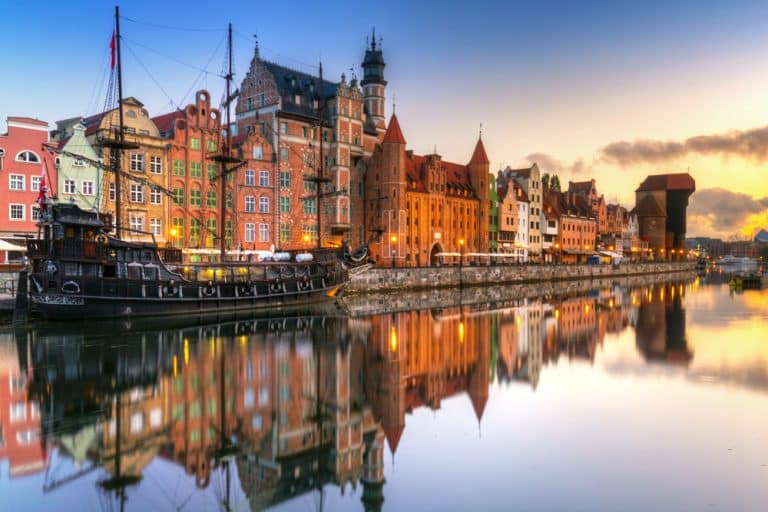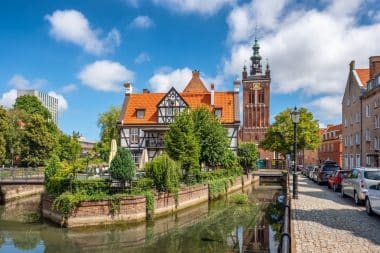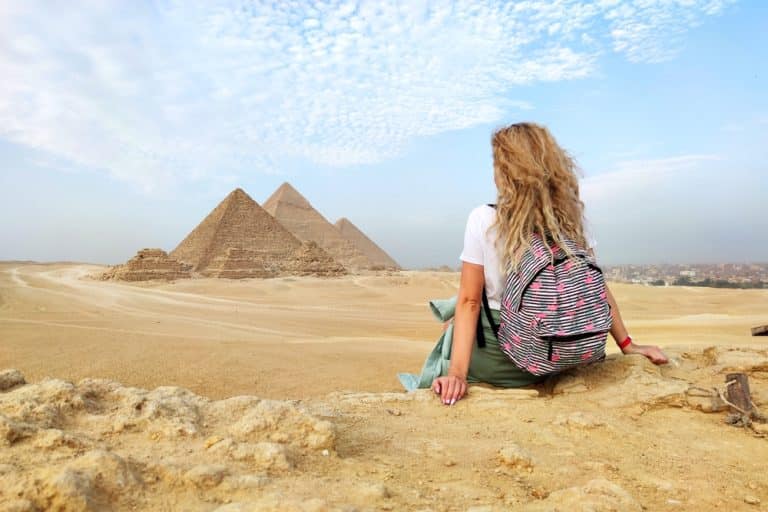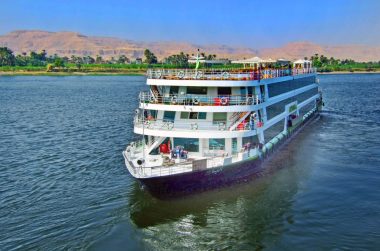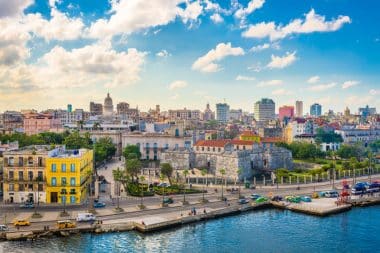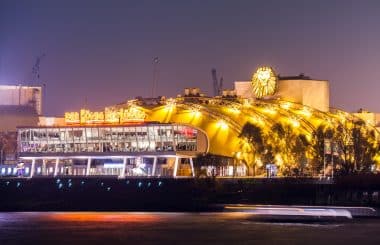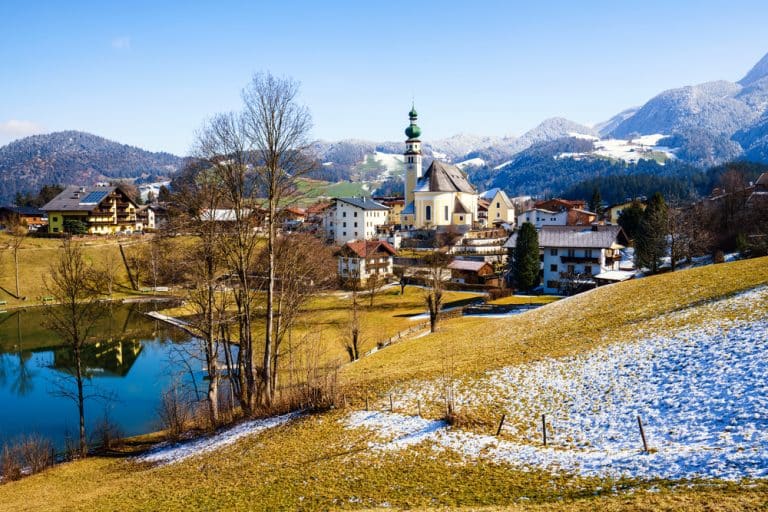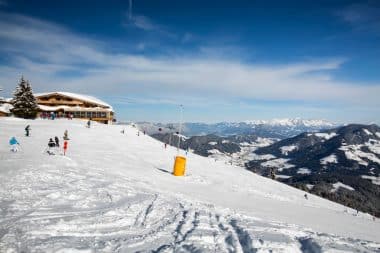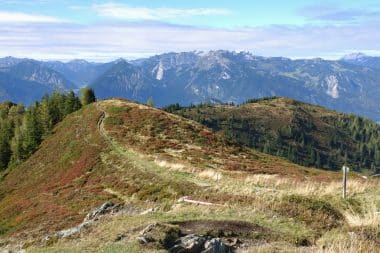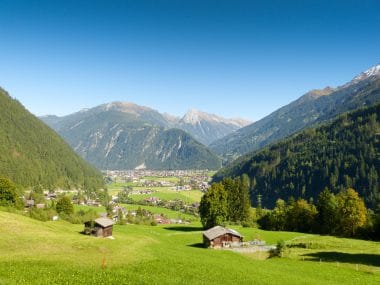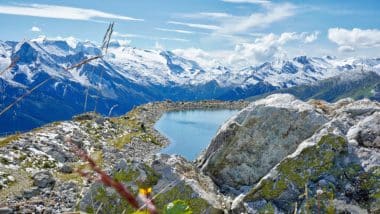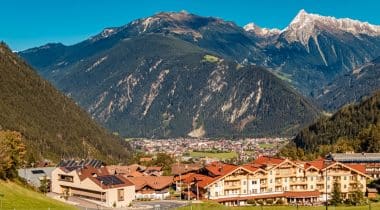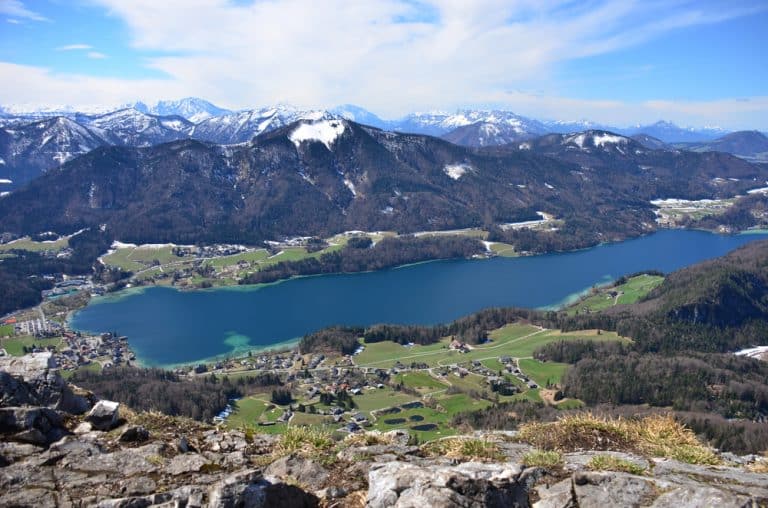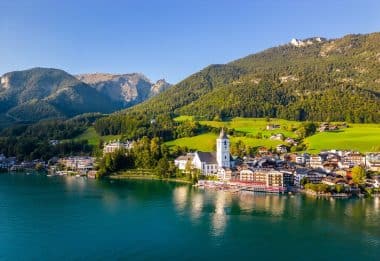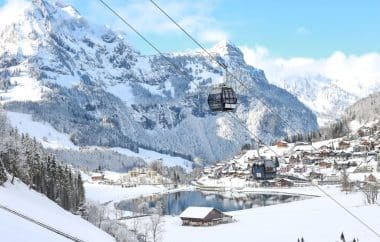It’s New Year’s Eve in the Zillertal. In the surrounding mountains, numerous rockets rise into the slightly rainy night sky. I spend the holidays with my family of four in an aparthotel in Fügen. It is already our second stay here. The hosts organized a small New Year’s Eve celebration on the picturesque terrace. There will be mulled wine, children’s punch and numerous sandwiches.
The hosts (a couple with two young adult daughters) lovingly wish them a happy new year and toast together with their guests. The next morning at 7.30 a.m., an outstanding breakfast buffet awaits the guest, which is unparalleled both visually and in terms of selection.
The accommodation also scores with great cordiality, outstandingly clean accommodations, good and clean kitchen facilities, toiletries and services. So you can buy the ski pass at the reception at no extra charge and save yourself queuing at the counter.
After the holiday went by much too quickly again, I was asked by the travel agency for a review of the accommodation in the evening. This was of course positive – unsurprisingly given the service offered.
Now, as the operator of a travel magazine, I am of course always interested in the impressions of other travelers. During my research, I was surprised when I came across an article from November 7, 2023 in the well-known Austrian Kronenzeitung (https://www.krone.at/3158910).
I was not aware that the family suffers from negative fake reviews on Google, otherwise I would have asked the hosts about it during my stay. The family is dealing with this problem offensively, posting screenshots on the hotel’s Facebook account (https://www.facebook.com/photo?fbid=903756477820141&set=a.577751290420663) and has taken legal action. In addition, Google was asked directly to delete the false reviews. This has had its first positive effects and in the meantime a large part of the irregular reviews have been deleted.
The television station Servus TV also reported on the family’s case, among other things, in the program “Servus am Abend” on January 8, 2024. Since the article is only available online until January 15, 2024, I have not linked it.
As can be seen from the media reports, the family understandably suffers greatly from the situation. Livelihoods can be destroyed by negative reviews. If these are also unjustified, the psychological burden for those affected becomes extreme. But of course they are not an isolated case.
Hotel Reviews: Yes or No?
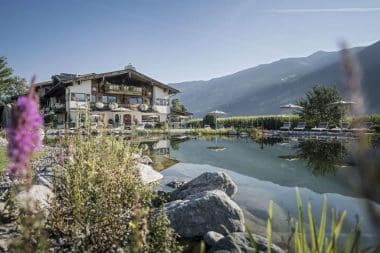
In and of itself, reviews are a good thing in the tourism industry. Before the Internet age, holidaymakers had to rely on the expertise of travel agencies, tourist offices and, in the best case, recommendations from friends. Whereas in the past you could judge the accommodation with just two or three pictures from the catalogue, today there are countless sources of information at your disposal.
This makes it easier to find a suitable place to stay, offers filter options and usually prevents negative surprises a little.
If a provider does a good job, this is usually rewarded with a positive rating. Especially in the tourism sector, customers are willing to give a sometimes more time-consuming review after the relaxing holidays. In other industries, on the other hand, the rating is often used more to express one’s anger.
In addition to numerous booking platforms, Google also offers the possibility to rate companies. Unlike holiday agents, however, you do not need proof of travel to rate the accommodation. This makes it easy for scammers (all you need is a Google account) to submit false reviews. In this way, evaluations can of course also be manipulated in the positive direction.
In the case of the hotelier family from Tyrol, for example, the earlier positive reviews with me also led to me choosing this accommodation for my first stay.
So it can be stated here: Reviews usually use good hotels to present themselves positively on the web.
What are the reasons for fake reviews about hotels?
- Competition: Hotel operators or their competitors could create fake positive or negative reviews to better represent their own business or make the competition look worse.
- Manipulating customer perception: Positive fake reviews are designed to convince potential guests that the hotel offers high-quality services, while negative reviews can serve to keep customers away from competing hotels.
- Economic incentives: Sometimes, people are paid by the companies themselves or by third parties to write fake reviews to improve the hotel’s ranking and visibility in search results.
- Revenge or personal vendetta: Individuals (e.g., former employees) might post false negative reviews for personal reasons, such as a bad experience or a conflict with hotel management.
- Unrealistic expectations: In some cases, guests may leave exaggerated or untruthful reviews due to misunderstandings or unrealistic expectations.
What do the operators do against fake reviews?
Operators of review platforms and online marketplaces use various strategies and technologies to combat fake reviews and ensure the authenticity and trustworthiness of their platforms:
- Automated detection systems: Many platforms use advanced algorithms and machine learning to detect unusual patterns and anomalies in reviews that could indicate fakes.
- Verification processes: Some platforms require users to go through certain verification processes before they can leave a review. This may include only allowing people who have actually made a purchase or used a service to leave a review.
- Manual review: In addition to automated systems, platforms also use teams of moderators to manually review and remove suspicious reviews if necessary.
- Policies and sanctions: Clear guidelines about what is and isn’t allowed in reviews help educate users about the consequences of fake reviews. Violations of these guidelines may result in sanctions such as review removal, account suspension, or legal action.
- User reports and feedback: Many platforms encourage their users to report suspicious reviews. This feedback can help identify and remove fake reviews.
- Transparency in review processes: Some platforms inform their users about how reviews are collected and verified to create transparency and build trust.
- Limit the number of reviews: Some platforms set limits on how many reviews can be submitted by an account within a certain period of time to make it more difficult to create mass fakes.
- Cooperation with authorities: In some cases, platforms work with legal authorities to take action against those who systematically create or distribute fake reviews.
However, it is also clear that with the high number of reviews, the employees of the platforms “can no longer keep up” with the deletion. If the evaluations are written so professionally and comprehensively that they seem quite realistic, this of course makes the work of the examiners enormously difficult. After all, they have most likely never been to the hotel in question and cannot assess the situation correctly.
What can I do as a hotelier against fake Google reviews?
If you come across fake reviews on Google, there are several steps you can take:
- Report the review: Google allows users to report suspicious reviews. Click on the three-dot menu next to the review in question and select “Report Review”. Google will then review the reported review and remove it if necessary.
- Respond to the review: If you’re the owner of a business and you think a review is fake, you can respond to it. A professional and calm response in which you voice your concerns can show other users that you take the matter seriously.
- Collect authentic reviews: Encourage happy customers to write real reviews. A higher number of legitimate reviews can reduce the impact of individual fake reviews.
- Contact Google My Business Support: If you see multiple fake reviews or a systematic issue, you can contact Google My Business Support directly for assistance.
- Consider legal action: In cases where fake reviews cause serious harm or are obviously malicious, it may make sense to seek legal advice.
- Monitor your online presence: Regularly reviewing your Google reviews and other online profiles can help you identify and respond to problems early.
- Create awareness: Educate your customers and network about the issues of fake reviews and how to spot them.
Remember that dealing with fake reviews should be done sensitively and professionally. Aggressive or emotional reactions can exacerbate the problem and affect your company’s image.
As an accommodation seeker, how do I know the authenticity of a hotel review?
It can sometimes be difficult to know the authenticity of hotel reviews, but there are some signs and tips that can help you do just that:
- Level of detail of the review: Real reviews often include specific details about the guest’s experience, such as the quality of service, the cleanliness of the rooms, or the quality of the food. Vague or general statements could be an indication of a fake review.
- Naturalness of language: Pay attention to the writing style. Overly positive or negative, promotional or unnatural-sounding language can indicate a fake review.
- Reviewer’s profile: Look at the reviewer’s profile. People who have left a lot of reviews in different areas are likely to be more credible than those with only one review.
- Temporal accumulation of reviews: Be skeptical if many similar reviews have been published in a short period of time. This can be a sign of coordinated fake reviews.
- Consistency with other reviews: Compare the review with other reviews of the hotel. If a rating differs greatly from the majority, it can be a warning sign.
- Hotel reactions: Pay attention to how the hotel responds to reviews. Professional and specific answers can be a sign of committed management.
- Check multiple sources: Read reviews on different platforms to get a more complete picture. Some fake reviews can only be found on one platform.
- Question extremely positive or negative reviews: Be especially careful with extremely positive or negative reviews. Real reviews are often more balanced.
- Watch out for recurring patterns: If certain phrases or phrases appear repeatedly in multiple reviews, it could indicate a template or automated creation.
If you are unsure, do not hesitate to contact the hotel operators directly. They will be happy to help you and look forward to hearing from you in order to clear up any misunderstandings.



